Vector W8 — the original sports car from the creator of Ford and Chrysler with unconfirmed 1200 hp
Vector W8 is an American sports supercar. It was developed to compete with European models from Ferrari and Lamborghini.

One of the most unique and mysterious supercars of the 20th century is considered to be the Vector W8. This car was created by American engineer-designer Jerry Wiegert as an alternative to the recognized titans of the segment — Ferrari and Lamborghini. Having experience working in large companies such as Ford, Chrysler, and General Motors, Wiegert was already inspired in the 1970s to create a rival to European sports cars. Moreover, his concept from the start was based on the principles of aviation design. The first prototype — The Vector — was shown to the public in 1972, and serial production was only established from 1989 to 1993. During this period, 22 units were built, of which 19 were sold.
Creation History
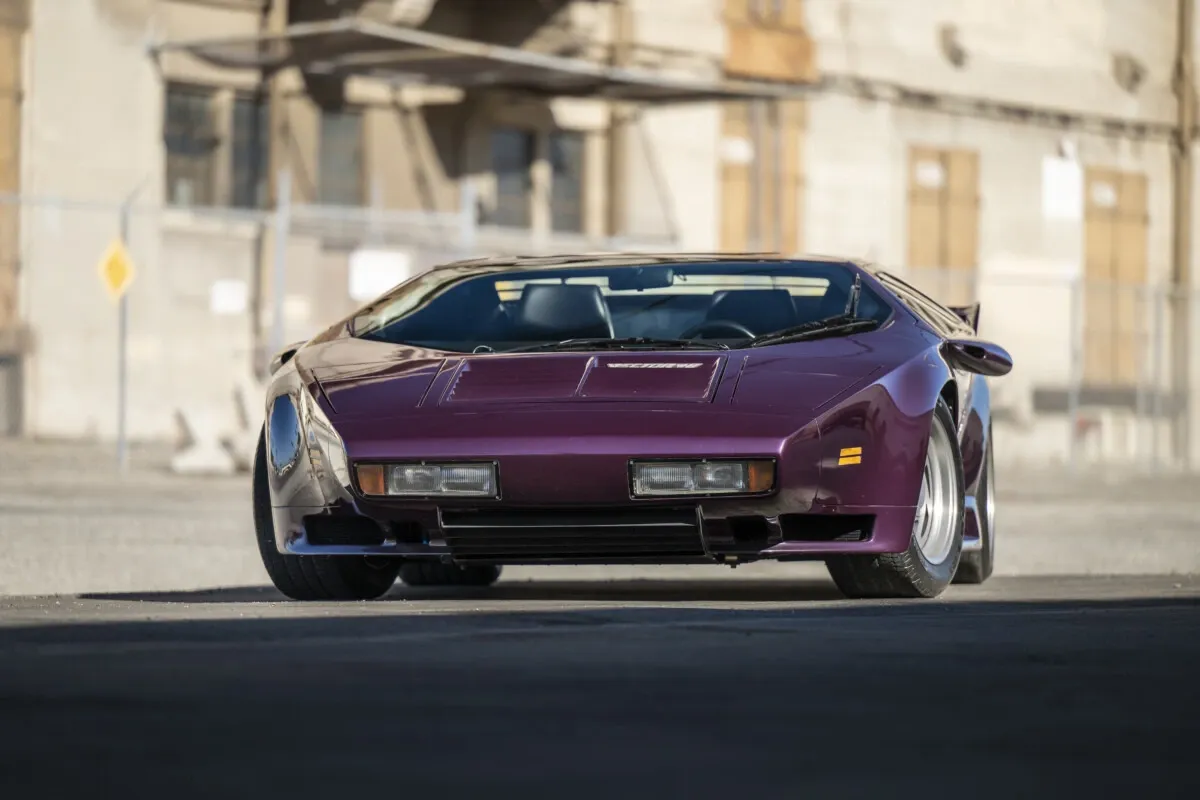
Work on this model began back in the 1970s, when a small team set themselves the ambitious goal of joining the ranks with renowned sports car manufacturers. The first concept under the name The Vector appeared in 1972. This version did not have its own platform and engine — it was more of a fantasy about the car of the future. Nonetheless, interest in the model was high, and soon the developers began creating a new version designed for real use.
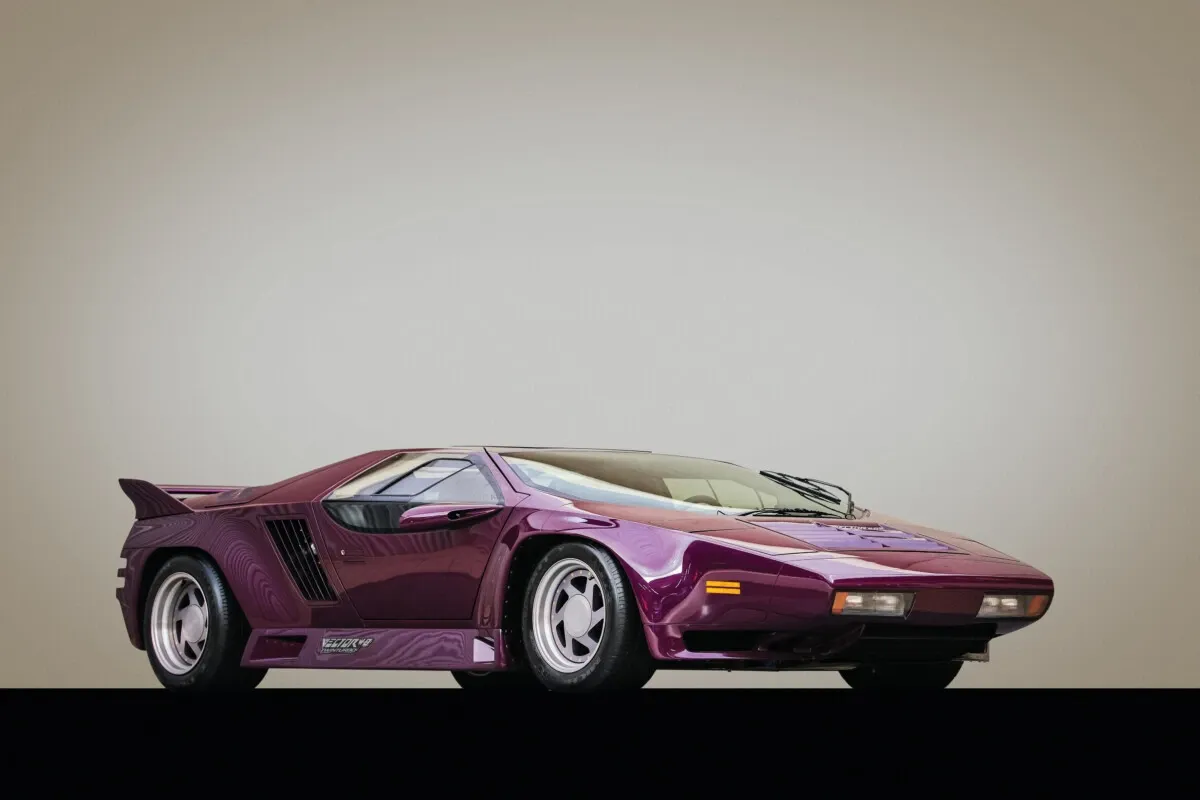
In 1977, a mock-up of the Vector W2 was shown to the public, which by 1980 was presented as a pre-production variant. It featured a wedge-shaped body, «butterfly doors», and a uniquely shaped rear spoiler. However, this version never made it to the production line.
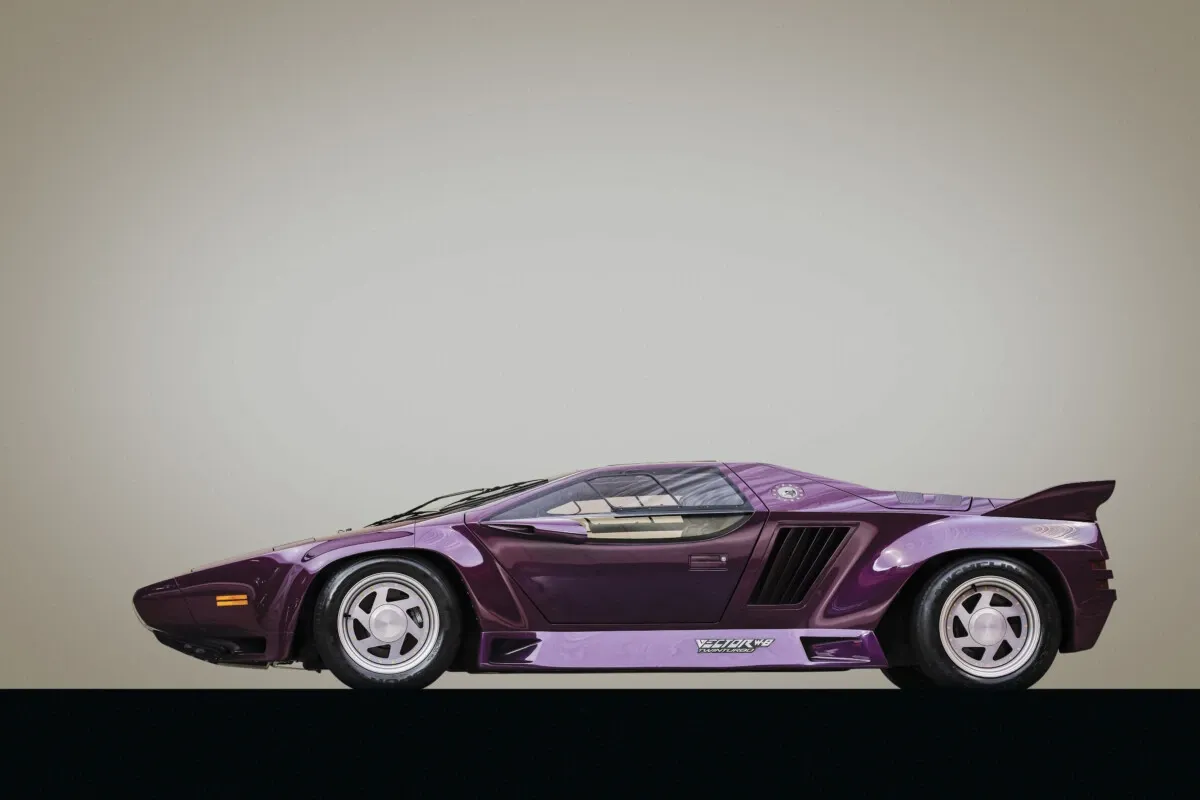
A true breakthrough occurred in 1989, when assembly of the updated Vector W8 began. The appearance and interior of this model were reworked, and materials similar to aviation types, such as Kevlar and aluminum honeycomb panels, were used in its construction. Thanks to the high strength of the chassis, safety testing was successfully completed even with only one prototype. Despite an impressive price of $450,000, the car quickly found its first owners. In total, 19 cars were produced.
Technical Specifications

The first trial model under the name Vector W2 saw the light in 1978. It was equipped with a 5.7-liter V8 from Chevrolet, boosted to 600 horsepower thanks to a pair of turbochargers. An interesting feature was the transverse engine installation, which differentiated the model from most sports cars of that time.
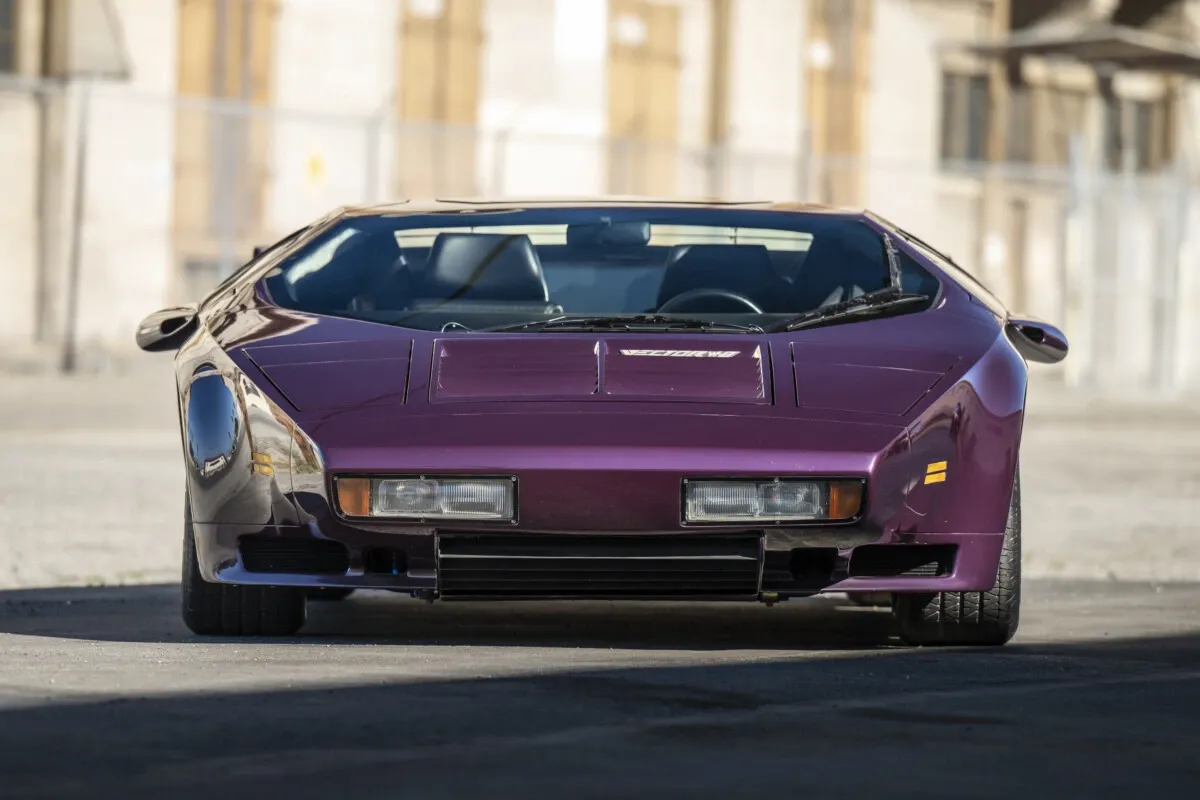
Paired with the engine was a three-speed automatic transmission from Oldsmobile Toronado, capable of handling 800 N·m of torque. With a weight of 2160 kg, the car accelerated to 100 km/h in just 4 seconds, with a top speed reaching 350 km/h. Later, the engine's power was increased by 50 hp, allowing a top speed of 389 km/h.
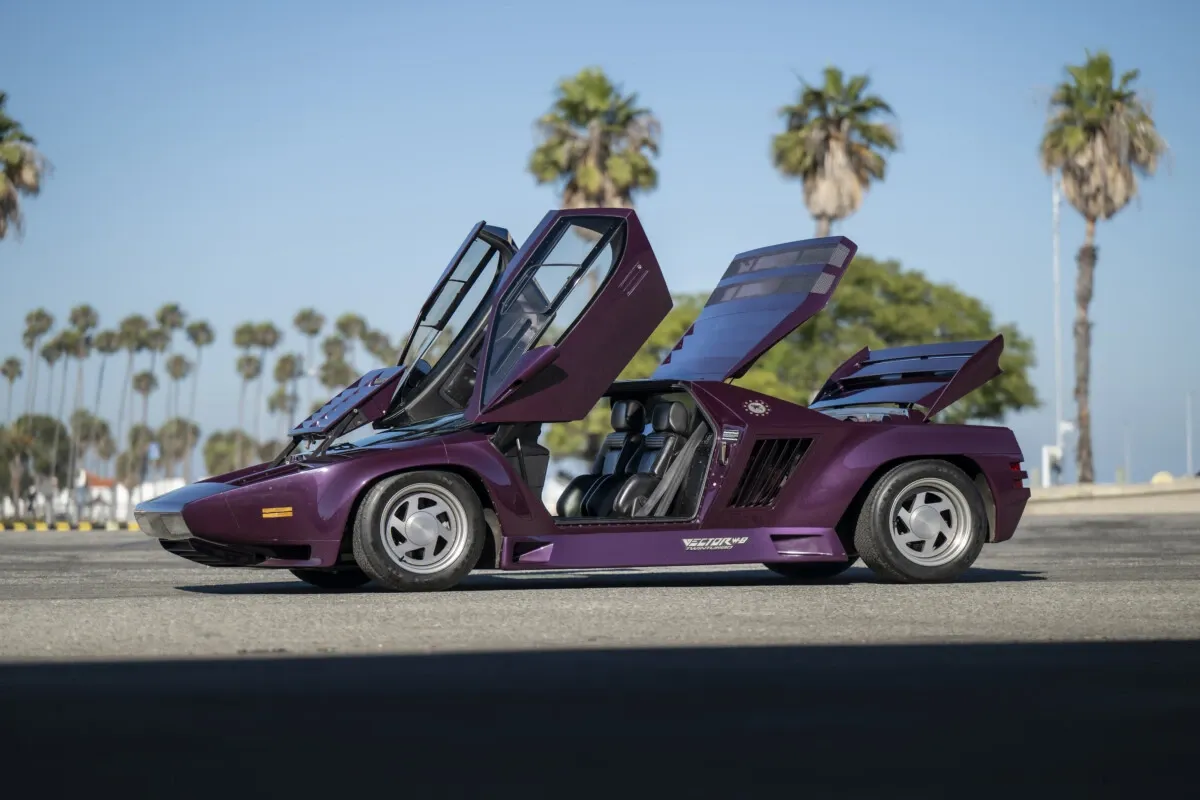
Without ever putting the W2 model into series production, Wiegert presented a new modification in the mid-80s — Vector W8. It retained the same engine, but the motor's volume was increased to 6 liters, and the output reached 625 «horses» with 880 N·m of torque. According to eyewitnesses, it was possible to achieve up to 1200 hp during bench tests. The transmission remained the same — the same three-speed «automatic».
Sports Car Design
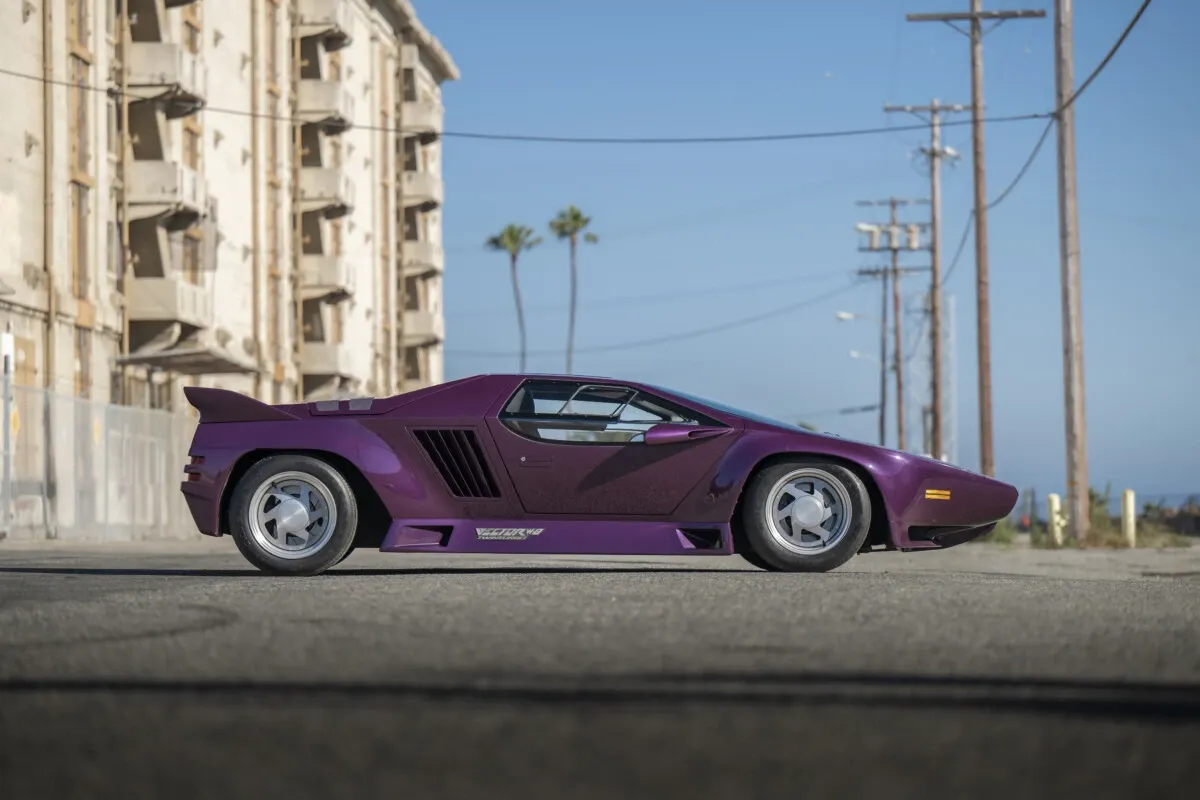
The exterior inspiration came from the Alfa Romeo Carabo concept career. Vector inherited a futuristic wedge-shaped silhouette from it. The body featured extremely low ground clearance, ensuring excellent aerodynamics. Visual highlights included optics hidden under movable panels and three windshield wipers.
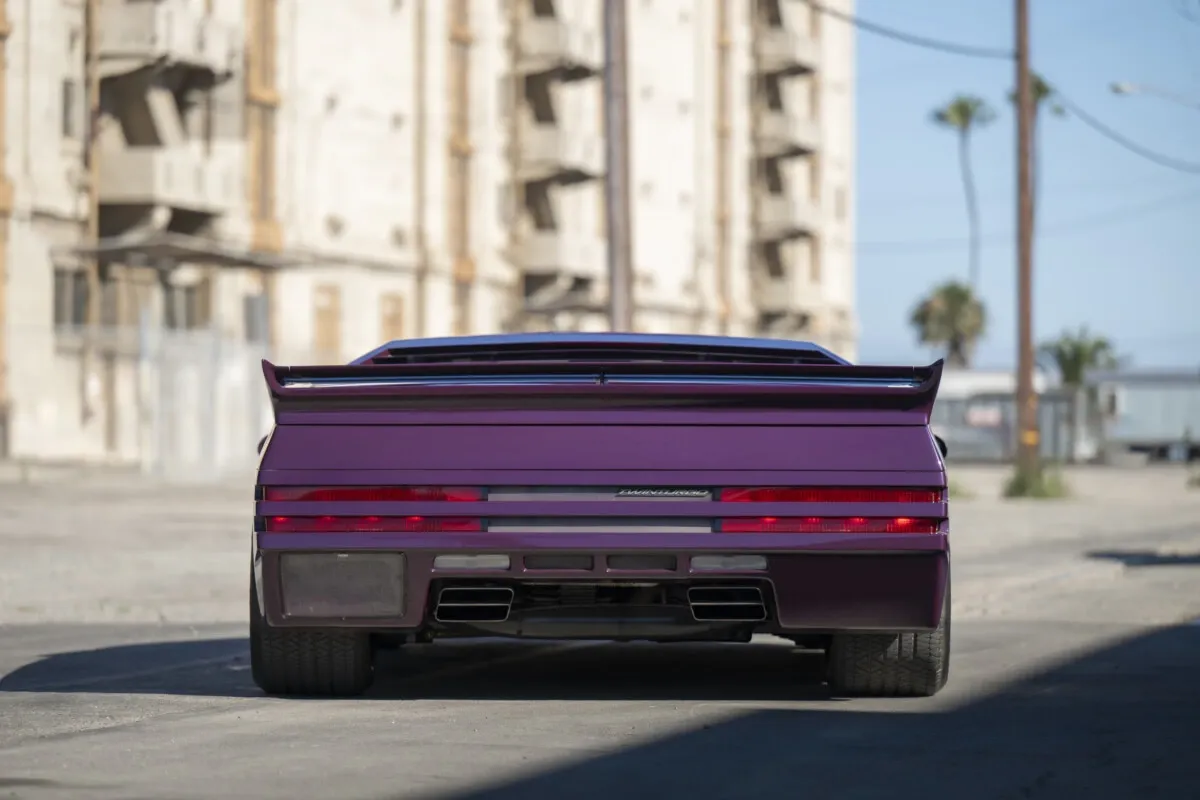
The interior of the car was crafted with special attention to detail: leather and suede everywhere, with wool carpeting and mats on top. Recaro seats featured electric adjustments, and the interior climate was controlled by air conditioning. An interesting decision was to position the driver's seat closer to the center of the cabin, improving handling and control feel.
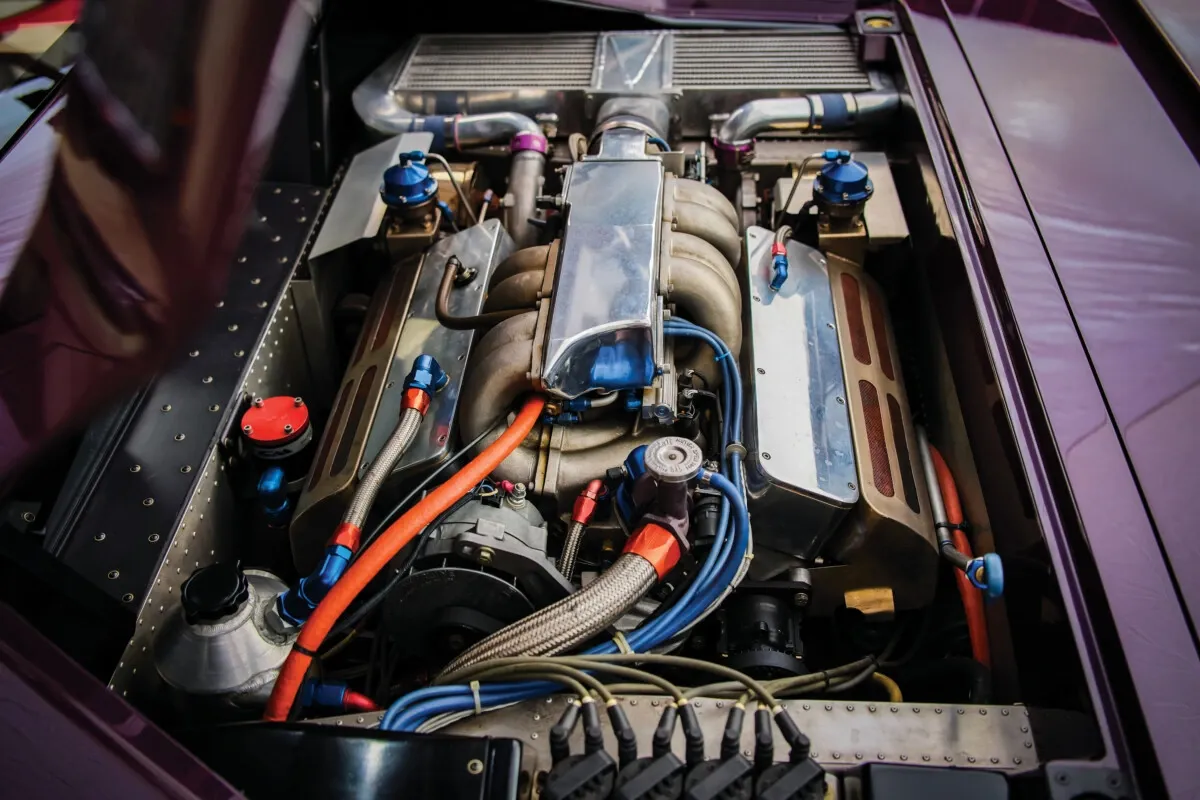
Special attention should be paid to the instrument panel — a digital display and fighter jet style design. All data was displayed on the screen, and controls were arranged as functional keys, as in aviation.
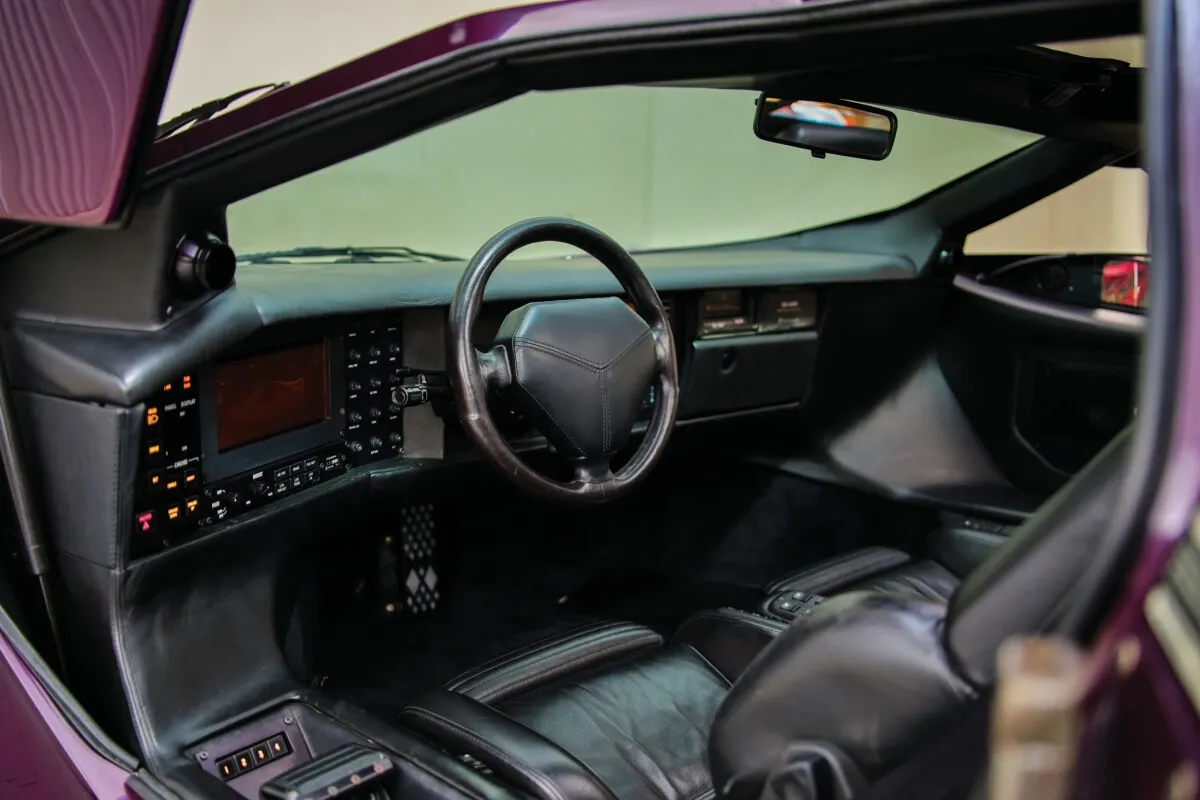
Among the unusual interior details are the steering wheel with a diamond-shaped center and the original transmission selector, mounted on the left side of the driver. Even the handbrake had a curved shape, harmonizing with the cockpit design.

Although the Vector W8 was an outstanding car, its path was not easy. Despite its technical merits and expressive design, the project constantly faced financial difficulties. Frequent crises and ownership changes only complicated production and model development.
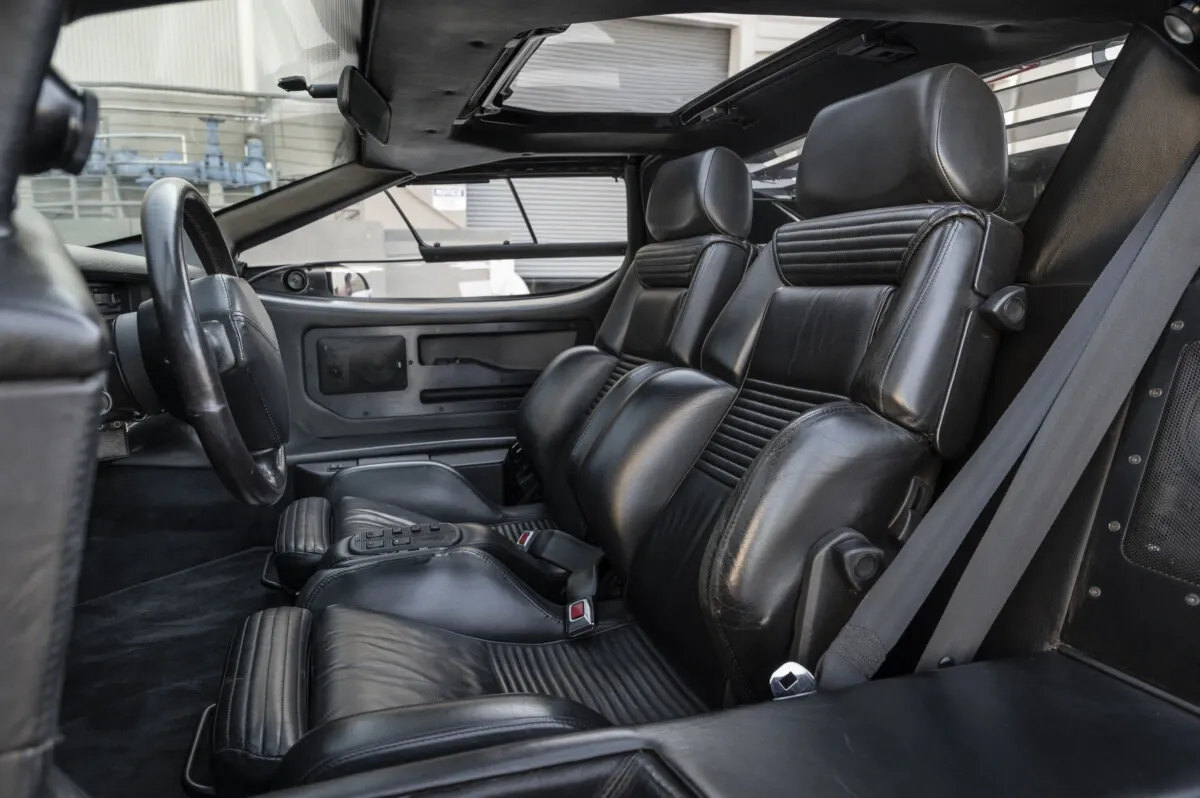
Nevertheless, every manufactured unit became a rare and prestigious car. Today, the Vector W8 is perceived as a symbol of the American dream of a supercar, a quest for independent technologies and freedom.
You may also be interested in the news:
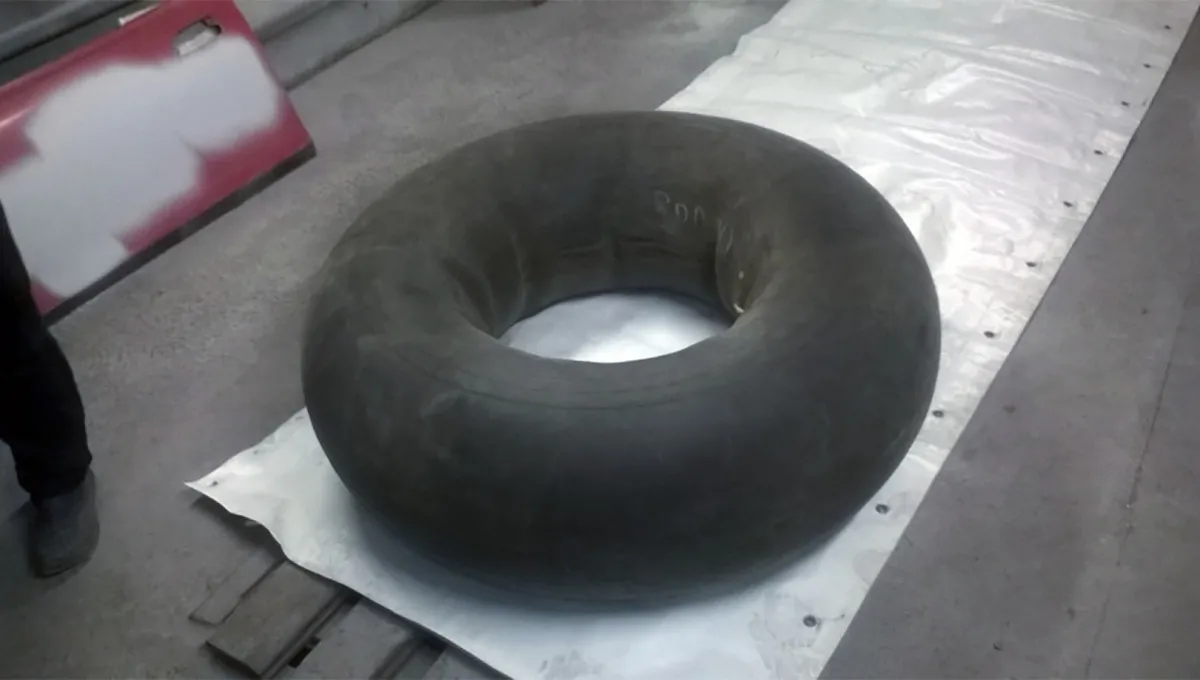
Why Automakers Ditched Inner Tubes for Tubeless Tires: Surprising History and Details
How tubeless tires reshaped road safety and comfort — unexpected facts revealed.

Shine and Glamour of Retro: Al Capone’s Legendary Cadillac
From the very beginning, Cadillac cars have been seen as a symbol of luxury.

McLaren May Rein In Its Supercars: Speed Limits Could Soon Depend on Location
McLaren supercars will activate Track Mode automatically — but only on the racetrack.

One-of-a-Kind Gordon Murray S1 LM Sells for a Record $20 Million at Auction
The final car in a five-unit run has become the most expensive brand-new vehicle ever sold at auction.

Alpine Plots a Revival of Lightweight Sports Cars With the New A110 and All-New GT A310
Alpine has laid out its roadmap for two upcoming electric roadsters.